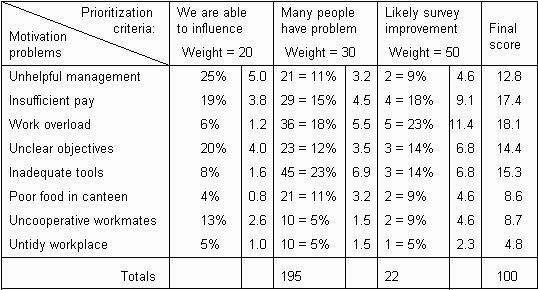

Tip #5: Delegate the right work to the right people.Tip #4: Say no to projects outside of your company plays.Tip #3: Group similar projects into one Sprint.Tip #2: Filter all project requests into a project management tool.5 Actionable Tips for Project Prioritization.Why is Project Prioritization Important?.Or a conversation starter with your team to make strategic moves in your team’s project prioritization process! Use this guide as your on-tap inspiration for resources and templates. We’ll look at best tips like grouping similar projects to maximize time, navigating difficult conversations with key stakeholders, and rebalancing the delegation process. So how can we focus our team’s time and energy on the right tasks? Project leaders, and especially teams without project managers, don’t have uninterrupted blocks of time in their schedule to review new project requests against current work in progress. In the spirit of total transparency, prioritizing projects is easier said than done. By the year 2027, employers will be hard-pressed to find 87.7 million employees specializing in project management roles! 🌐 But the more you assess projects from a company value perspective, the better decisions you make to build a culture of inspired work.Īnd in the fast-paced world of project management, inspired work leads to creative problem-solving and successful results. It’s tempting to jump into the tasks and get as much completed as possible. You'll find that items will shift around the quadrants, giving you a better baseline for future prioritization.Prioritizing work at its finest means every person on your team spends their time and energy on high-performing projects.
#EXAMPLE OF PROJECT PRIORITY MATRIX UPDATE#
Revisit the priority matrix after some time and update your 'done' items to reflect how easy they were to implement and how valuable they turned out to be. You can refine as you place more features on the matrix. This is not a scientific effort intended to be 100% accurate, but a measure intended to help visualise and decide. Place these on the matrix and compare each feature against those.


We suggest looking back at your implemented features and finding an representative for each level of effort. This will be different to every team (and we encourage you to develop your own) but examples could be your OKRs, the pirate ' AAARRR' metrics, or your product goals.Įqually, effort can be difficult to quantify. The value ranking of a feature is not a decision made on the spot, but is measured against a combination of factors that should be decided before using the prioritisation matrix.

Create an action plan for your major strategic items, quick wins, small 'filler' activities and items to deprioritise.Review the items in each quadrant, compare them to each other, and make any changes needed.Ask the group to plot items in accordance to their value and effort ( Tip: Your product strategy should help decide value).Add all items as sticky notes to the board ( Tip: Copy and paste from a text editor or spreadsheet to quickly import items as sticky notes).


 0 kommentar(er)
0 kommentar(er)
